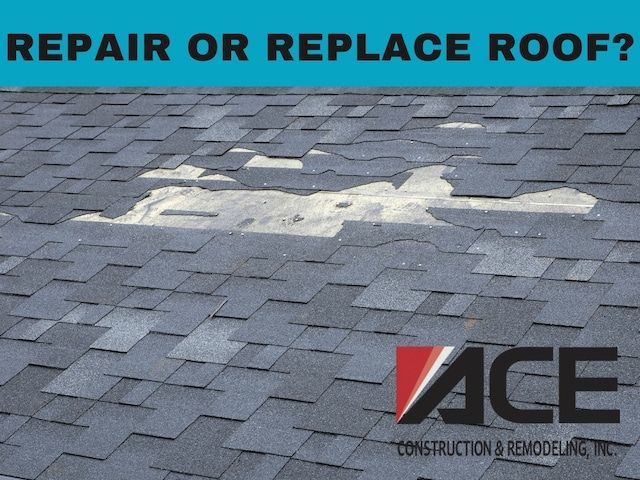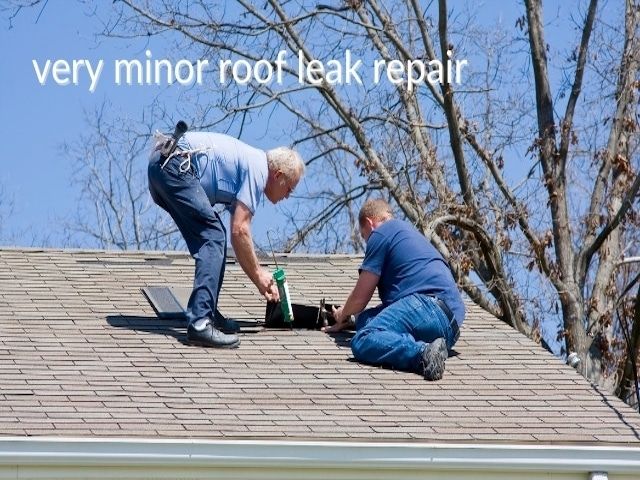Choosing Owens Corning Shingle Colors to Give Your House Pop!
Considering a roof replacement? Perhaps its due simply for purposes of function, but you can use this opportunity to also change the roof shingle color. If your house is due for a makeover, trading up using Owens Corning shingle colors can bring all the visual impact you’re looking for.
There is, however, quite a swath of colors and palettes to pick from and knowing where to start may seem daunting. But it’s an endeavor worthwhile, as a stylish new roof alone can ramp up the curb appeal of your home. Owens Corning shingle colors will likely provide every choice you need. But first, here are a few ideas to help you select shingles that will work well with the existing features of your exterior home.
Create a Mood Board with Owens Corning Shingle Colors
Once you’ve decided to swap roof shingle colors, the first step is to start planning. A mood board (or a style board) is a great visual tool. See Owens Corning shingle colors style boards for examples. Before committing financially to the task, seeing how colors appear in a shingle and whether it will work with neighboring colors is key.
When sifting through color options, you’ll want to think about how it will lay next to the other elements of your home: the siding (think: stucco, vinyl, natural wood), and any accents (we’ll get to more of those later). You may have an idea of what you want, but it’s best to find pictures for a mood board and look at all the possibilities together.
Owens Corning, with the help of mother-daughter duo Karen and Mina of Two Chicks and a Hammer, shared a video to help you get started. These ladies suggest gathering several of your favorite items, arranging them in a collection, and consider what you like about them. Which colors from your collection blend together well? Why does each object stand out to you? What theme might it conjure?
For example: for their mood board video, Karen and Mina put together a collection of objects of the same colors shown in a sample of the Owens Corning’s Summer Harvest roof. This hodge-podge of articles included a ceramic flamingo, a verdant houseplant, a black door handle, and a blue and white patterned bowl. This color palette – bright and sharp and fun – created a statement shingle reminiscent of warm weather, cool drinks, and curled toes in the sand.
As you start your own version of a mood board, a great resource is Pinterest, where you can build a digital board and search ideas as you collect visuals. Here, it’s easy to pull together the colors that stand out to you and lay them next to each other. Then include additional images of elements of your house, which we’ll review further in the next section, and of course experiment with Owens Corning shingle colors.
Consider the Rest of Your House
About forty percent of your housing exterior is the roof. Most of the rest is composed of your siding (which may include a primary and a secondary), then your accent pieces. These may include the door, window trim, shutters, landscaping, furniture, and pavement or walkways.
The more accents you have that build the complete exterior of your house, the more you’ll benefit from laying everything in front of you to determine color compatibility. When you want professional advice call Ace Construction & Remodeling as they are expert roofing contractors with plenty of experience in choosing colors.
2021 Shingle Color of the Year
Just as the fashion industry selects its “color of the year” to set the standard for the year’s runway trends, Owens Corning shingle colors are used to choose the Shingle Color of the Year, in projecting forecasted housing trends for highest curb appeal that year. Each color selected evokes a specific mood, rendered with expressive images: In 2019, the color was “Sable Black,” advertised alongside a shining black horse, its mane blowing in the wind; in 2020, “Pacific Wave,” next to a surfer shredding foam outside the barrel of a massive wave.
For 2021? The Owens Corning shingle color of the year is “Aged Copper,” a blend combining a gorgeous, deep reddish-orange, sage green, and brown. The result reminds one of walks in the woods, a gliding canoe ride through canyons and heavy foliage. It adds color while maintaining sophistication. It’s a nod to nature in an unexpected way and works with more colors than you might expect.
With a roof shingle color, it’s a trio of featured colors in each shingle. What this means for you is a multitude of color palettes you can choose, depending on which you want to accent. If “Aged Copper” features orange, sage, and brown, you may play up the orange by selecting housing accents in a neighboring shade (a caramel, sunset orange, or rust, perhaps.) Think of terracotta pots, orange planters, or copper trim. Or, the sage green could take center stage, by matching with a sage-colored front door, porch chairs, or potted plants in a similar shade.
Deliberate which elements you want as the “talking pieces” in your home’s overall look. Visit this website for Owens Corning shingle colors ideas and sample style boards.
Research Market Value with Owens Corning Shingle Colors
Learn how Owens Corning shingle colors might influence your home’s market value. Will it raise curb appeal? While different from market value, curb appeal does raise the likelihood of selling than those with less inviting decor. Will it make the landscaping pop? Will it further draw out its modern design? If you’re preparing to sell your house, consult a home appraiser to estimate the impact of a new roof.
Changing your roof shingle color can be an exciting makeover for your house and give your house that curb appeal pop! Take the time to consider your options, starting with inspiration from your favorite items. So put your creative hat on, put together a visual collection of some options, test it next to the other exteriors of your house, and consider what will add curb appeal to your home along with Owens Corning shingle colors. It will take some thoughtfulness, planning, and design chops, but in the end, it’s a rewarding project to take on.





